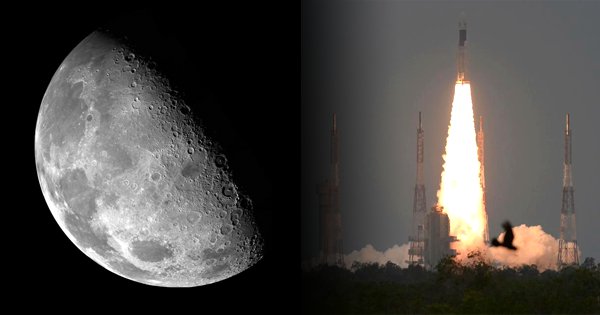
Here’s why isro decided to land chandrayaan-2 on the south polar region of the moon - scoopwhoop
- Select a language for the TTS:
- UK English Female
- UK English Male
- US English Female
- US English Male
- Australian Female
- Australian Male
- Language selected: (auto detect) - EN
Play all audios:
Today (22nd July, 2019), India successfully launched its second mission (Chandrayaan-2) to the moon in a hope to go where no country has ever gone before- the south pole of the moon. WHY DID
ISRO DECIDE TO EXPLORE THE SOUTH POLE OF THE MOON? According to ISRO, the South Pole of the moon remains longer in the shadow as compared to the North Pole, which is why, scientists believe
that there could be high chances of water being present in permanently shadowed areas around it. It is also said that the South Pole region has craters that are cold traps and contain a
fossil record of the early Solar System so this could help in increasing the understanding of space. Earlier, Chadrayaan-1 discovered evidence for water molecules but more studies were to
be conducted in regards to the extent of water molecule distribution on the surface, below the surface and the tenuous lunar exosphere to address the origin of water on Moon. So this time
scientists are hoping to find the answers. ACCORDING TO REPORTS, CHANDRAYAAN-2 WILL ATTEMPT TO SOFT LAND THE LANDER -VIKRAM AND ROVER- PRAGYAN IN A HIGH PLAIN BETWEEN TWO CRATERS, MANZINUS
C AND SIMPELIUS N, AT A LATITUDE OF ABOUT 70° SOUTH. The launch of Chandrayaan-2 was originally scheduled for 15th July but due to a leak on the rocket the launch was re-scheduled for 22nd
July.